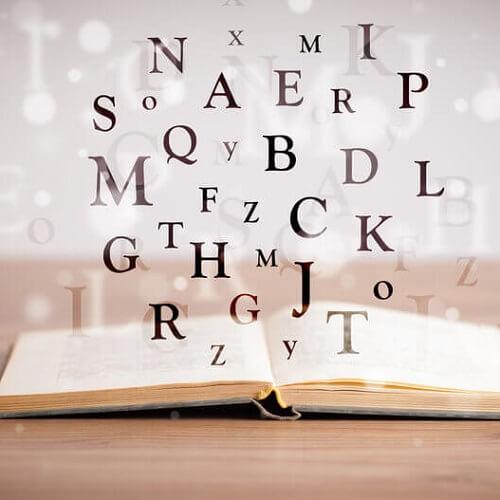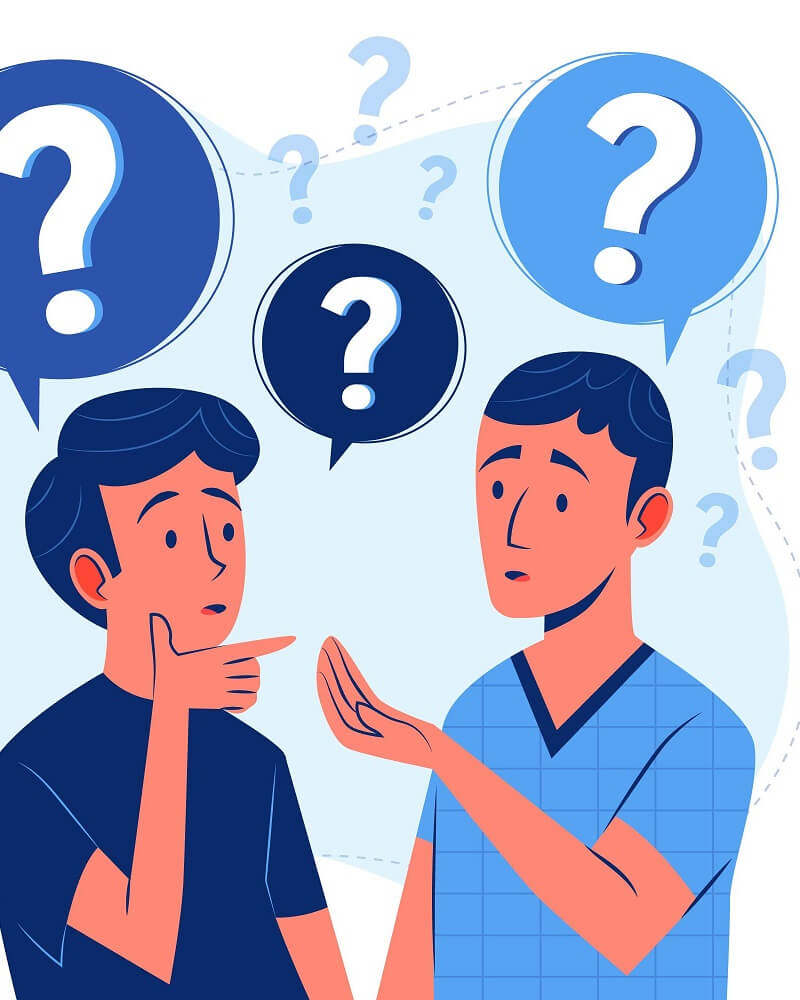PhotoReading v Speed Reading
Speed reading evolved in from research in the 1940s and then popularised by Evelyn Wood. It uses the traditional reading techniques, left to right, from top to bottom and developing letters, words and sentences into paragraphs, sections and then the message. However, to get the speed required you go for phrases, whole lines, and sections/paragraphs. It primarily is a conscious activity using the left-brain function.
PhotoReading rose from research into non-conscious learning and involving the right brain activity as well to develop a more whole brain learning. After research in the 1970’s and 1980’s, it evolved into a process where you take the whole page in at a time and you use your brain as the reading tool and the eyes retain a fixed focus (and not going through the linear and horizontal process of traditionally reading a page).
So, the similarity between the two process starts and ends with the word – reading.
With speed reading you learn to go faster and faster; you are taking bits of information in but not all. You question if you are getting the full benefit. Your mind can play tricks and you are not sure how much you will benefit. According to the report on an authoritative site about PhotoReading, around 90% of people who engage with speed reading as their primary source of ‘reading faster’ quit using the techniques in a few months. In addition, I have not heard of any recollection techniques other than just, memory recall.
PhotoReading works differently. There are some key differences:
- First of all, you can get a pre-learning mind programming course (which you can use with the course), this programs your mind into complete positive acceptance that learning a new technique will work for you.
- PhotoReading trains your mind to be in a completely relaxed state, so your mind is positive and then your posture, breathing and physical state are all tuned, ready to engage.
- You will be fixed on the book, turning a page a second, just regular relaxed flipping and allowing your whole mind to receive the information; your conscious mind is not processing and filtering what is learnt (this again is something that can slow down speed readers who are learning). Therefore, the whole brain is engaged in this process and not just the left sphere.
- Once you have finished reading a book, you engage in a post-reading process called Activation. There are several variations of this, all designed to trigger off the information you have absorbed.
As you go through the steps of PhotoReading you will find there are extra pre-learning and post-learning steps in the process. They are all designed to help you understand the structure of what you are reading, the context, the key elements, recalling them, bringing them to life, engaging the whole brain in the process and being confidence in what you read is what you learn.
The retention rate is far higher with PhotoReaders as well, those who use it, continue with it.
The time it takes to read a book of average size; maybe the same (even with all the extra processes involved in PhotoReading), but the recollection of information with PhotoReading is considerably higher, the results are staggering.
It is a new whole way of learning to read. It is not a staged process as this article mentions earlier, but it is a way of seeing the whole picture in one go with the ‘building blocks’ for seeing the structure, theme, and key points.
PhotoReading Is Very Good For…
There are some additional ways in which this technique is immensely powerful. There is synoptic reading, this is a way of learning a whole new subject – using a wide variety of sources to get to grips with new information quickly and to the point. There is student learning (this overlaps with synoptic reading) where new subjects can be learnt along with key revision areas. There is leisure reading where you have a whole series of catch up reading but do not want to let go of the joy of just savouring a phrase in a book and enjoying the ability to dwell on it! See the links below to visit that article or use the form below to get further information on PhotoReading and access our support to ask any questions you have.
Oh, here you can access a free sample of the mind training course to develop total confidence in your success and advance ahead with the course. Go HERE and sign up for a free training course.




